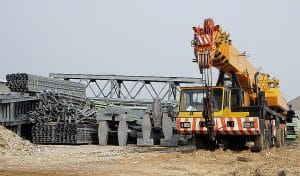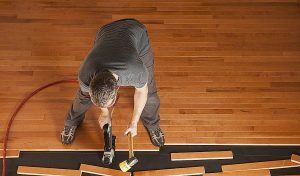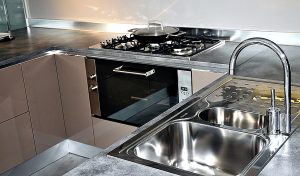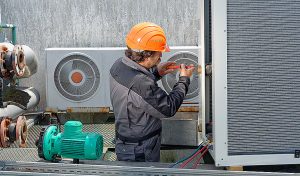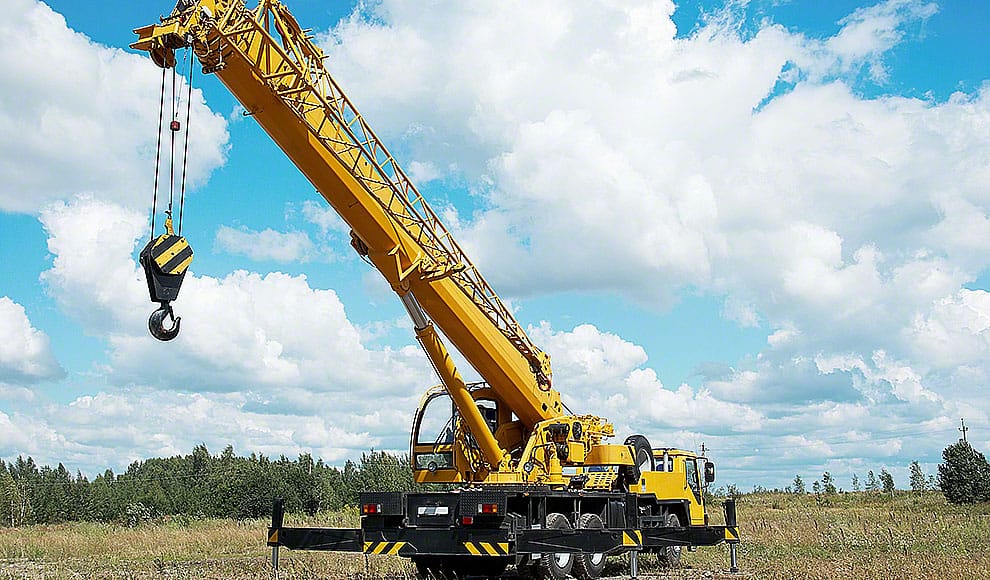
Crane rigging is an important aspect of any construction project. Apart from using the right tools and techniques, contractors should be aware of how to plan for crane rigging. Construction projects rely on strict timelines and therefore, it is important that you figure out crane rigging the right way. Let’s take a closer look at what steps are involved in the process and how they can help you.
Finding The Right Crane
Crane rigging is defined as the process through which you need to go through in order to prepare your crane equipment for a lift and then execute your life according to the plan. With that said, the first part of your plan should relate to finding the right crane for your project. Before you can take advantage of the rigging services available at your site, you need to determine what type and size of crane you want to carry out your tasks.
There is a variety of cranes available out there from mobile to tower cranes. Depending on the size and weight of the loads, you might need a tower crane or a truck-mounted crane. However, if you are working with something extremely heavy, then you are going to need a heavy-duty machine to lift the loads.
Having The Crane Set-Up
Now that you have decided on the crane, it is time that you get it set up at your construction site. Plus, instead of buying the crane, it is better if you rent cranes. If you have opted for a crane that is not mobile, you should clear the area beforehand so that it sits without any complications. In addition to that, the type of crane you should use also depends on the area where the construction is taking place. Once the crane arrives at its destined location, you should ask the crane rental company to help set it up.
Once the crane has been set up, run an inspection to make sure everything is secure and tight. If possible, visit the operator’s cabin as well and ensure that the area is free of any distractions that might trouble the operator down the road.
Inspect The Load You Are Going To Be Lifting
Construction projects can turn fatal with just a single mistake. There is a reason for strict regulations ensuring the safety and security of the people working on the ground as well as the surrounding. In addition to inspecting the crane, the load you are going to lift should be checked too. Even though cranes will lift pretty much anything in their way, inspection is still a must. You cannot rely on machines for safety. There have been several incidents in the past where cranes were used to lift heavy loads much heavier than they were capable of leading to serious fatalities.
With that said, you should re-check the weight of the loads and the height you are going to need to lift. The more information you have, the safer the lifting will be.
Make Sure The Crane Is Equipped To Handle The Load
After running the on-site inspections, you must be quite sure that your crane will be able to lift the weight. However, there are some steps that you should consider to ensure that your crane does it successfully. For instance, the jib on your crane should be long enough to be able to lift the weight. Plus, to keep the crane balanced, there should be counterweights on each side. And, as part of the rigging process, it is important to evaluate the ground underneath and surrounding the crane.
Using The Right Equipment For Rigging
Finally, it all comes down to using the right equipment and angles for the rigging process. One of the last things you need to be sure of is the proper connection of the load to your crane. Some rigging equipment examples include slings, jacks, and turnbuckles, etc. A professional crane rigger will pick the right equipment for the crane rigging process.
Next, the angles used when picking a heavy load are of utmost importance. If the angle is even slightly off, the load could fall and turn the crane over as well. Therefore, take your time and make sure that the angles are perfect especially for heavy weight lifts.
Final Word
Laying down a plan for crane rigging mostly includes using the right equipment, angles, and cranes. You should define your preferences and double-check the loads and their connection to the crane. And plus, always keep an eye out for weather changes too. Moreover, rigging services MD that have a proven record of safe operations.


